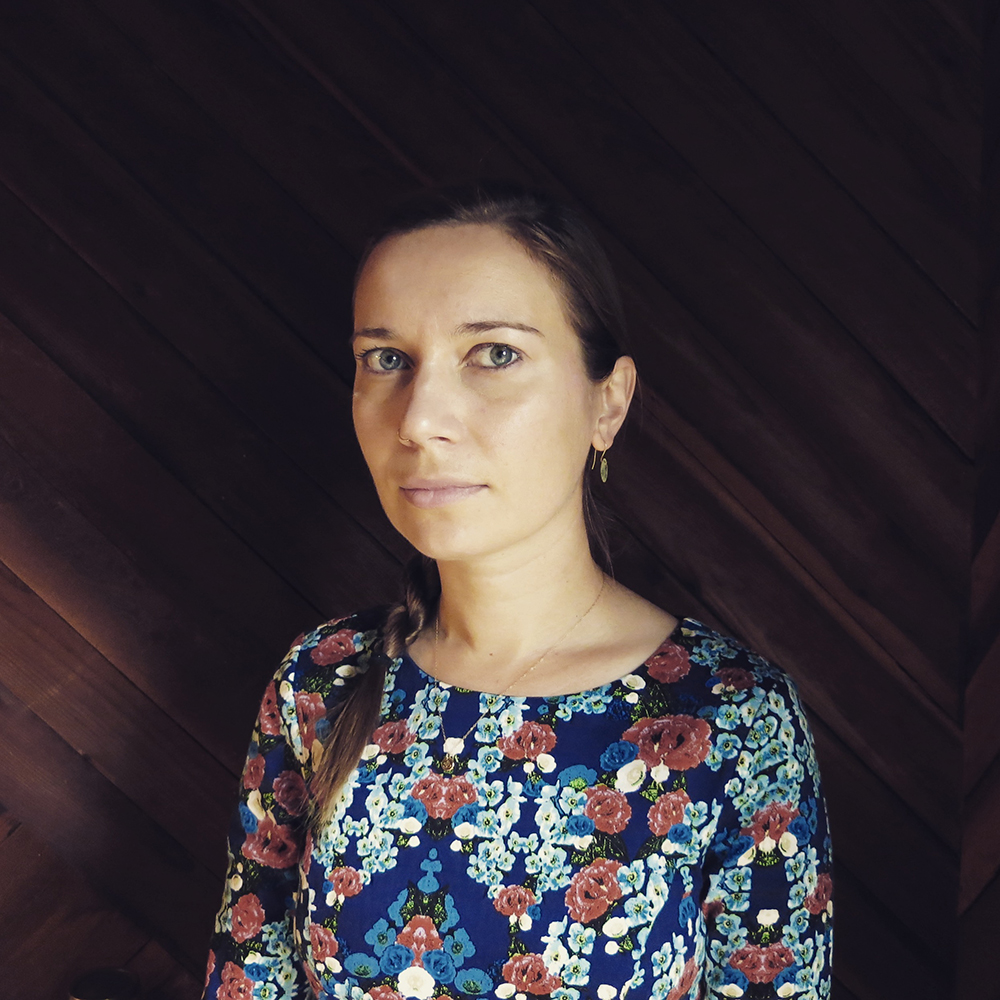Bruce Sullivan’s “micro-ethnography” of yoga practice in museums is simultaneously fascinating and puzzling. I use the latter descriptor not to critique Sullivan himself, but to position this particular piece in the larger field of scholarship on modern yoga, which has yet to fully come into its own. Modern forms of yoga—especially those practiced in America—have become so diverse and yet have remained so understudied that listening to Sullivan’s analysis is like being handed a puzzle piece that fits somewhere at the center of a puzzle whose outer edges one has only begun to assemble.
Andrea Jain recently mounted an admirable effort at filling in some of the gaps by identifying modern postural yoga as a context-specific transnational movement that can be considered religious in its own right without denying its current nature as a product of consumer capitalism. She additionally maintains that such a characterization is not out of step with yoga’s pre-modern variants—it is a phenomenon whose diversity is best explained by its dependency on context. Sullivan points out something similar when he tells us: “yoga is a term that has been used for so many types of things that it’s difficult to characterize briefly.” In the case of modern American yoga, which is the topic at hand, I have come to the conclusion that it cannot be understood apart from its roots in the American metaphysical spirituality of the turn of the century. Here, I’m referring to the likes of Theosophy and New Thought in particular, and that which we might today call the New Age if indeed we call it anything at all.
Proponents of American metaphysical religions, like modern yoga practitioners, are frequently resistant to identifying their traditions as religious. They appeal to science, philosophy, wellness, spirituality, but rarely “religion.” In part, this is due to the fact that their roots in Western esotericism bring them closer to philosophy and proto-science than they do to “religion” in the traditional sense of the word. Early twentieth-century Indian teachers of yoga picked up on this language and mirrored the sensibilities of their American audiences. Some, like Paramahansa Yogananda, dropped traditional yogic poses completely, and instead taught European-style calisthenics to evoke the metaphysical notions of holistic wellness based on a willful movement of subtle energy through the body. Sullivan rightly points out that talk of energy is not foreign to at least the medieval yoga traditions, if not the classical. Nor is wellness, as he refers to the work of B.K.S. Iyengar and its preoccupation with the physiological effects of yogic postures. However, Iyengar’s incorporation of anatomy and physiology in Light on Yoga—which, after all, is not published until 1966—pales in comparison to the work of earlier proponents of yoga, both on Indian and on American soil. I could again refer to Yogananda (to whom, I admit, I am personally partial if we were to identify a patriarch of American yoga), but also to the likes of Swami Kuvalayananda, Sri Yogendra, and even various Swamis of the Vedanta Society who did not share the founder’s (that is, Swami Vivekananda’s) disdain for physical exertion. Likewise, Iyengar’s notion of healing is much less robust than the form on which it takes in American metaphysical movements where holistic healing is the hallmark of salvation.
Indeed, all of the aforementioned proponents of modern yoga arise out of a context where European modalities of metaphysical religion—primarily Mesmerism and Spiritualism—have trickled into India through colonial frameworks. This is not to say that indigenous forms of something like mind-cure are absent from Indian traditions, however simple psychosomatic wellness has never been the goal of pre-modern yoga. Even medieval hatha yoga, which accords a relatively high place to practices aimed at the physical body, does not stop there. At least not unless one is willing to go so far as to equate the alchemical transmutation of the human body into an immortal adamantine form to what modern yoga practitioners are striving to accomplish when they pull on their Lululemon pants. To be fair, we don’t see bodily health being touted as a stand-alone spiritual goal in contemporary European sources either. However, by the early nineteenth century we observe a blossoming of mind-cure ideologies that may be spiritual insofar as they rely of metaphysical principles and notions of cosmic harmony but generally set their sights no higher than psychosomatic wellness. Of course, as Catherine Albanese maintains when she names salvific healing as the fourth and culminating point in her model of metaphysical religiosity, such notions still carry deep religious meaning. If the state of psychosomatic wellness is equivalent to being perfectly in tune with one’s divine oneness with the cosmos, then surely the goals of such a system can be called religious.
Thus it is almost impossible to make sense of why people might be doing yoga in museums—which Sullivan admits happens mostly in the United States rather India or even European countries—without considering broader context of American metaphysical religions. On the point of whether such yoga constitutes a healing ritual unique to the American Baby Boomer generation, something is missing in Sullivan’s analysis. The reference to Iyengar, after all, tells us relatively little about how holistic healing rituals became enmeshed with the practice of yogic postures and, even more importantly, how such practices are concentrated in the spiritual movement that only the Baby Boomers are likely to still call by name: the New Age. Mind you, the content of this movement is now more relevant to popular spirituality than ever before. However, my Millennial students look at me blankly whenever I refer to New Age ideology or practices. That is, until I start listing what these might be—karma, yoga, reiki, positive affirmations, healing crystals…—at which point, they nod along. To them, this is simply the “spiritual but not religious.”
The most evocative question raised in the podcast’s conversation is whether yoga and art have something in common—a sort of contemplative aspect—that can help us understand something fundamental about the nature of the sacred. Sullivan is certainly correct in pointing out that art is not meant to be contemplated for its own sake in pre-modern India any more than in pre-modern Europe. Such an approach, if we are to call it spiritual, only makes sense from a modern metaphysical perspective—specifically one geared at the various modes of finding deeper meaning within the self. Here we see what Paul Heelas meant when he names the New Age a form of “Self-spirituality” that focuses on the divinization of the human self. In such a context, as the self becomes understood as fundamentally identical to the divine cosmos, any method of deeply experiencing this connection, whether it is physical, aesthetic, or otherwise, becomes a form of spiritual practice.
In this sense, I’m not entirely convinced that there is anything distinctive about the museum—or at least anything unique that truly sets it apart from the kind of rave-style yoga events that Sullivan cites. People also do yoga in craft breweries. Here in Southern California’s wine country, I frequently see ads for yoga in vineyards. Like Sullivan’s case, these could easily be analyzed as a conscious way for program directors to bring people into their spaces. However, when people actually show up and practice, we catch a glimpse of the ways in which they may be conceptualizing the various aspects of their identity as postmodern consumers in light of a holistic—and arguably spiritual—notion of the self. Sullivan’s example of museum practitioners who felt they were reconsecrating the formerly religious images in the exhibit gets at something very interesting about how modern yoga practitioners view their embodied practice. Because the embodied self—whether is enjoys art, beer, or wine—becomes the locus of spiritual experience, its conscious actions—even when they’re also exercise—become a religious ritual in their own right.



